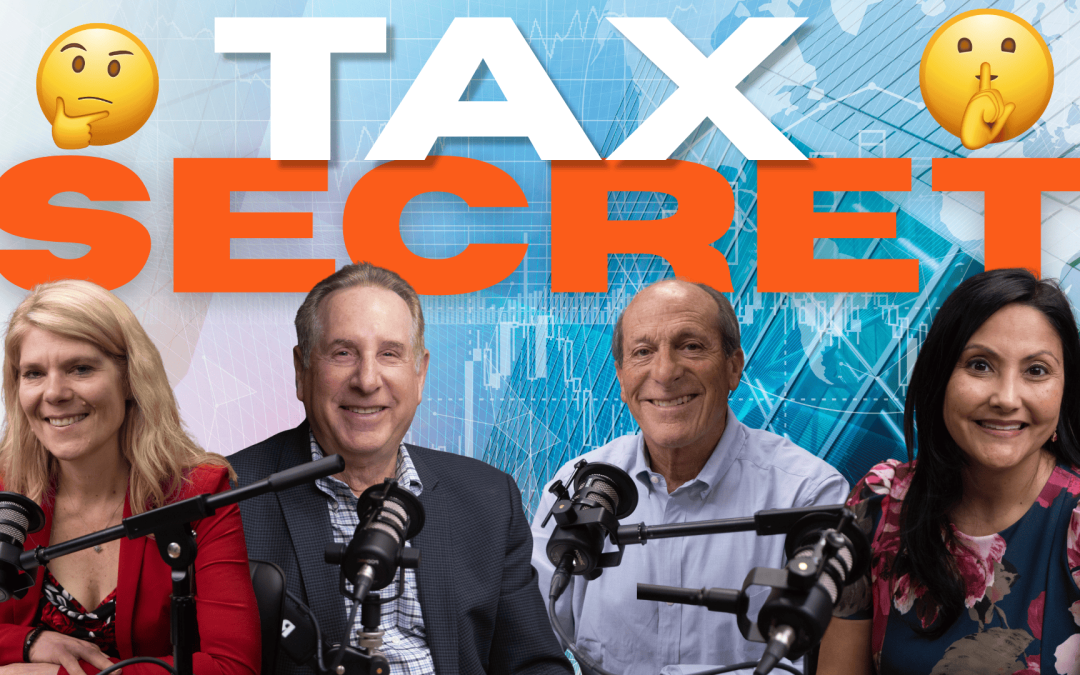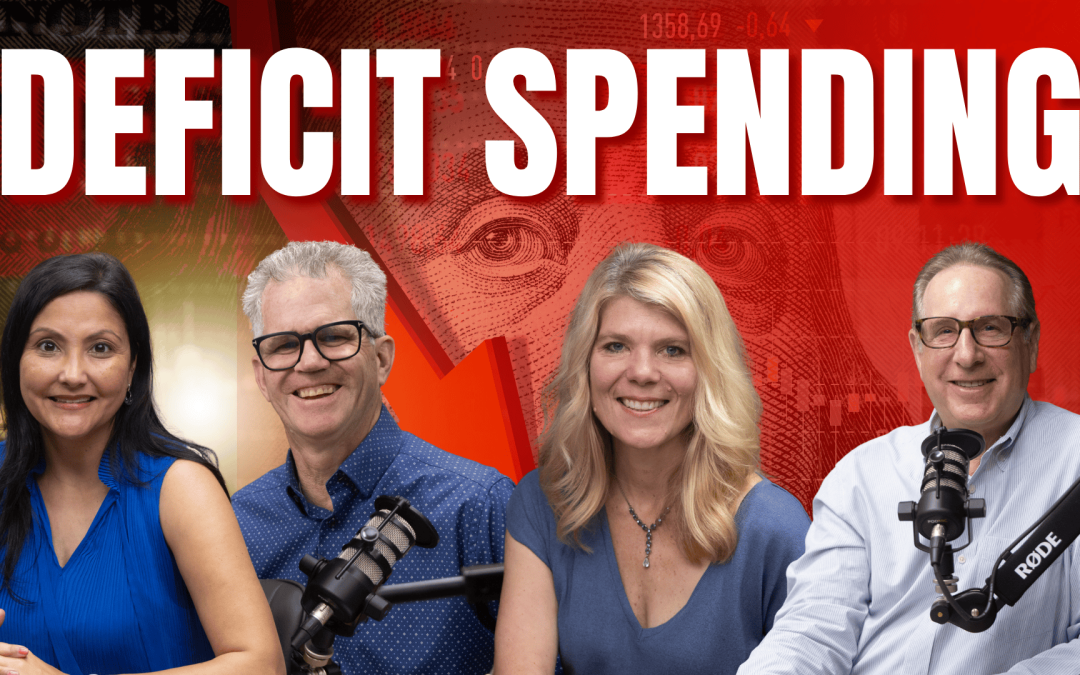
DIY Finance Could Be Costing You More Than You Know
This 4th of July week, we’re looking beyond the fireworks and into the financial forces that could shape your future. Historically, this is a bullish week for the markets—but smart investors know that short-term trends are only one part of the bigger picture. In this episode, we explore how recent market movements, evolving tax legislation, and interest rate expectations are setting the stage for what’s next. More importantly, we dive into the decisions that matter most as you approach retirement, sell a business, or pass on wealth to the next generation.
Whether it’s structuring your estate to minimize taxes, updating IRA beneficiaries, or navigating the emotional weight of newfound wealth, the financial moves you make now can have lasting consequences. This episode is a reminder that no one knows finance like your trusted advisor at WWM. From saving hundreds of thousands on taxes to managing the selling of a business, the importance of personalized, forward-thinking advice has never been greater. This isn’t just about managing investments—it’s about building a strategy that supports your goals, protects your legacy, and gives you peace of mind.
Watch the video above or click the link here to listen: https://wwmfinancial.com/podcast/
If you want to understand what’s going on in the economy, get better insight into the financial markets, and separate the sound from the noise so you can make good financial decisions, tune in now!
Date Recorded: 6/30/2025
Disclosure:
WWM Financial is an SEC Registered Investment Advisor
The opinions expressed in this program are for general informational purposes only and are not intended to provide specific advice or recommendations for any individual or on any specific security. It is only intended to provide education about the financial industry and how we may be able to assist. To determine which investments may be appropriate for you, consult your financial advisor prior to investing. Any past performance discussed during this program is no guarantee of future results. As always please remember investing involves risk and possible loss of principal capital. Tax considerations presented may not be appropriate every individual circumstance. A tax professional should be consulted before making any decisions about your tax liability. wwmfinancial.com | 760.692.5190










